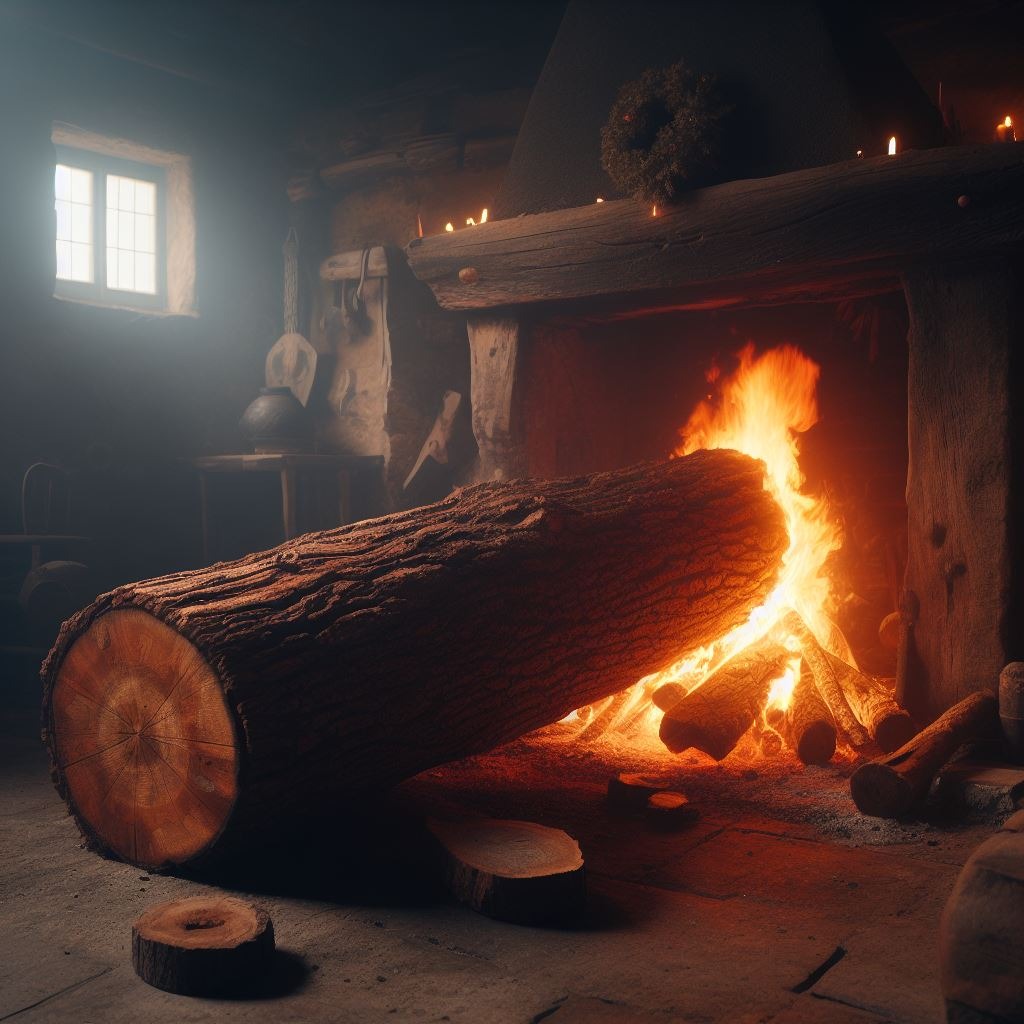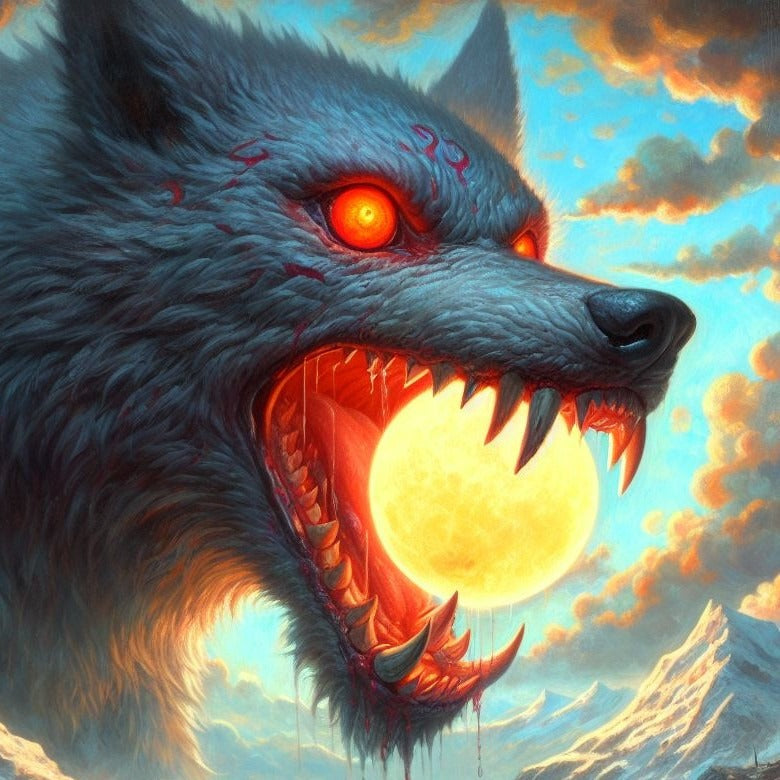Viking Swords: Timeless Masterpieces of Norse Craftsmanship
In the annals of history, the Vikings have left an indelible mark as seafaring warriors whose exploits echo through the ages. Central to their martial prowess were the legendary Viking swords – masterpieces of craftsmanship that embodied the spirit of these fierce Norse warriors. Join us as we embark on a brief journey into the world of Viking swords, unravelling the tales etched into each blade.

Design and Construction: A Symphony of Form and Function
Viking swords were characterized by their distinctive design elements. The blades were typically straight with a fuller – a groove running down the center of the blade, not only reducing weight but also adding structural integrity. The hilt, adorned with intricate patterns and often featuring a pommel for balance, showcased the artistic sensibilities of Norse craftsmen. The crossguard, designed for both protection and aesthetics, completed the harmonious blend of form and function.
Designed for both slashing and thrusting maneuvers, these swords were versatile weapons in the Viking arsenal. The balanced design allowed warriors to execute swift strikes, whether engaging in one-on-one combat or forming the iconic Viking shield wall. The ability to transition seamlessly between offensive and defensive tactics made these swords invaluable on the battlefield.
Viking Swords: A Powerful Symbol of Status
Owning a sword was a symbol of prestige and status in Norse society. These weapons were often richly decorated and passed down through generations, becoming cherished family heirlooms. The importance of a well-crafted sword extended beyond its practical use in battle; it was a reflection of a warrior's skill, honor, and standing within the community.
Viking warriors and members of the nobility were more likely to possess swords. These individuals had the means to commission or acquire high-quality weapons as a symbol of their status and martial prowess. For the majority of ordinary folk, owning a sword was less common. The expense and specialized craftsmanship required to create a quality sword made it a luxury item.
Crafting a well-made sword required skilled blacksmiths, high-quality materials, and time. As a result, Viking swords were relatively expensive to produce, limiting their availability to those who could afford them. Vikings also engaged in extensive trade networks, and some swords may have been obtained through commerce with other regions. Exotic Viking swords, such as Ulfberht swords with superior metallurgical quality, might have been possible to produce only through trade of raw materials.
While swords were prestigious, Vikings often relied on a variety of weapons, including axes, spears, and seaxes (short knives), which were more widely accessible. These weapons were practical in different situations and were more commonly found among the general populace.
Ulfberht Swords: The Enigma of Norse Steel
The Ulfberht swords were a distinct and highly sought-after type of Viking sword that emerged during the Viking Age, roughly from the 8th to the 11th century. What set the Ulfberht swords apart from other contemporary blades was the mysterious inscription "Ulfberht" or "Vlfberht" found on many of them.

These marvelous Viking swords were characterized by their high-quality craftsmanship and advanced metallurgical techniques. The inscription, which included variations like "+VLFBERH+T" or "+VLFBERHT+," indicated a superior level of craftsmanship and metallurgical skill. Researchers believe that the name "Ulfberht" might have been a brand or the name of a skilled swordsmith.
Crafted with an exceptionally pure variety of crucible steel, Ulfberht swords were characterized by a notably lower sulfur content in comparison to other Viking swords of the time. This contributed to their superior strength and sharpness. They also typically featured a fuller, a groove running down the center of the blade. This not only reduced the weight of the sword but also added structural integrity. These swords were known for their well-balanced design, allowing for effective slashing and thrusting maneuvers. The hilt often featured intricate patterns, and the pommel and crossguard added to the overall aesthetic appeal.
The production of Ulfberht swords was a sophisticated process that required advanced knowledge of metallurgy. The source of the high-quality steel used in these swords has been traced to regions such as Central Asia or the Middle East, indicating long-distance trade networks during the Viking Age. These swords are considered some of the finest examples of craftsmanship from the Viking Age and continue to be studied and admired for their historical and technological significance.
The Viking sword stands as a testament to the ingenuity and skill of Norse craftsmen. More than just weapons of war, these swords encapsulate the legacy of many warrior and noble bloodlines and the ethos of a seafaring people who navigated uncharted waters. As we admire the intricate details of each blade, we glimpse into the saga of Viking swords, where artistry met functionality, forging weapons that transcended their time and became timeless symbols of a bygone era.


